Gender and Mobility
Gender and Mobility
A Critical Introduction
Elina Penttinen and Anitta Kynsilehto
ROWMAN & LITTLEFIELD
London New York
Published by Rowman & Littlefield International Ltd
Unit A, Whitacre Mews, 2634 Stannary Street, London SE11 4AB
www.rowmaninternational.com
Rowman & Littlefield International Ltd.is an affiliate of Rowman & Littlefield
4501 Forbes Boulevard, Suite 200, Lanham, Maryland 20706, USA
With additional offices in Boulder, New York, Toronto (Canada), and Plymouth (UK)
www.rowman.com
Copyright 2017 by Elina Penttinen and Anitta Kynsilehto
All rights reserved. No part of this book may be reproduced in any form or by any electronic or mechanical means, including information storage and retrieval systems, without written permission from the publisher, except by a reviewer who may quote passages in a review.
British Library Cataloguing in Publication Data
A catalogue record for this book is available from the British Library
ISBN:HB 978-1-78660-267-1
PB 978-1-78660-268-8
Library of Congress Cataloging-in-Publication Data Available
ISBN: 9781786602671 (cloth : alk. paper)
ISBN: 9781786602688 (pbk. : alk. paper)
ISBN: 9781786602695 (electronic)

The paper used in this publication meets the minimum requirements of American National Standard for Information Sciences Permanence of Paper for Printed Library Materials, ANSI/NISO Z39.481992.
Printed in the United States of America
Contents
Acknowledgements
From the start of the writing process of this book on gender and global mobilities, we were clear that our primary responsibility was always towards the people who are on the move. Our purpose has been to provide a wide enough range of theoretical perspectives and practices of feminist research to gain insights to and understanding of how gender, global and mobility intersect and co-constitute each other. In the process of compiling the materials for this book we have been aware of our own responsibility as authors in terms of how we represent, and indeed re-create, the lives of the people travelling through these pages and into the lives of the readers, hopefully touching them.
During the writing process, the number of refugees on the global scale has increased considerably. Meanwhile, the political climate has become all the more violent against racialized and gendered Others. With this book, we invite the readers to care about the lived realities of real people who make hard choices, embrace opportunities, sometimes trust the wrong people, and hopefully most of the time connect with others who are kind and helpful. And like everyone, people on the move live and learn throughout this process, grow and are changed by it. Therefore, we want to acknowledge that we are indebted to all the people on the move, and we wish that we have been able to represent these lives fairly. We have aimed to convey the message that life in the midst of global mobilities is never either-or, good or bad, constricted or free, but it is all of these at once, like life usually is, and it never stays the same.
We have sought to create a book that satisfies some of the curiosity of the new generation, who are eager to ask the hard questions and look for out-of-the-box solutions for persistent problems in the world we share. Yet, in doing so, our strategy has been to provide tools, theories and approaches with which to embark on a journey and imagine new ways of knowing and asking questions, which can lead to more ethical policies. Therefore, we want to express our gratitude to all the students we have had the joy to work with during the process of this book and whose relentless desire for knowledge has inspired us into creating this book.
We want to express our heartfelt gratitude to our colleagues worldwide who have been there to instil faith in us during the writing process and cheer us on. We are grateful for the support and encouragement we have received for this project from our institutional settings at the University of Helsinki and the University of Tampere. We want to express our gratitude to Marjut Jyrkinen, Johanna Kantola, Tuija Pulkkinen and Julian Honkasalo at Gender Studies in the University of Helsinki for their support, encouragement, useful comments and resources. We want to give thanks to Risto Heiskala, Eeva Puumala and Tiina Vaittinen at the University of Tampere and the seminar participants at the Cresppa-GTM in Paris for their encouragement and valuable advice. We are also grateful for the anonymous reviewers and their comments that enabled us to finalize the chapters in the form that they are presented here.
We want to express our heartfelt gratitude to editor Dhara Snowden for comments and assistance and for helping us with all the practical details. We also want to thank Michael Watson for helping us with the final details and making sure that this book turns out beautiful.
We want to, of course, thank our spouses and children and acknowledge the sense of humour and flexibility required from family members, as we have intensely focused our energies on this book.

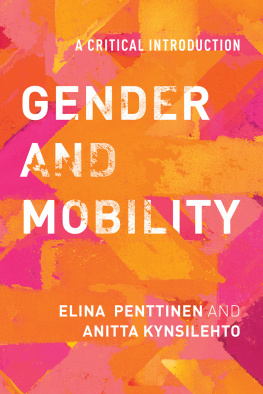
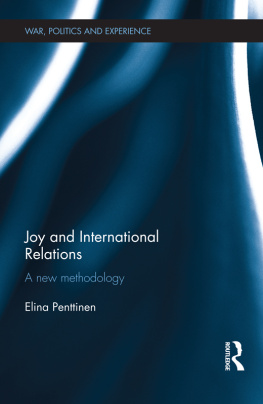

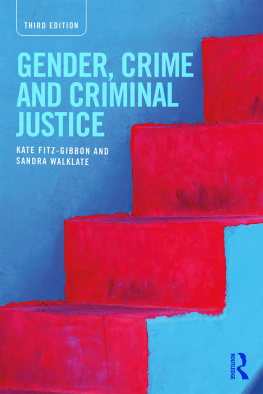



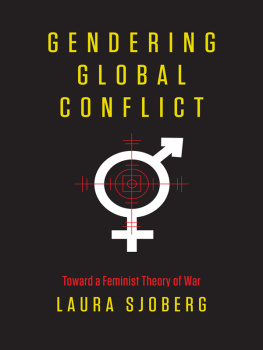
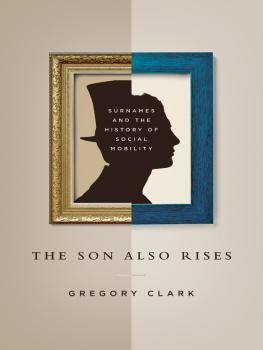
 The paper used in this publication meets the minimum requirements of American National Standard for Information Sciences Permanence of Paper for Printed Library Materials, ANSI/NISO Z39.481992.
The paper used in this publication meets the minimum requirements of American National Standard for Information Sciences Permanence of Paper for Printed Library Materials, ANSI/NISO Z39.481992.